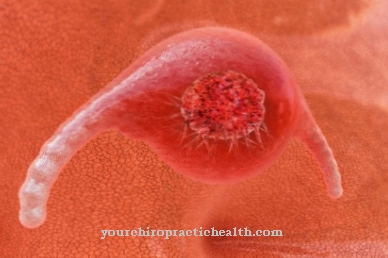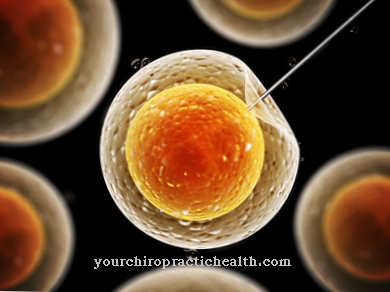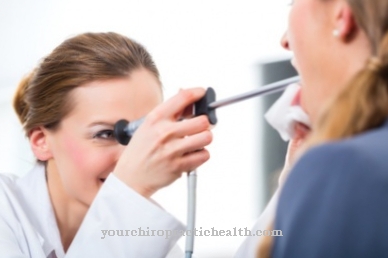As Savior siblings are children who are supposed to help a sick older sibling. They act like a kind of spare parts store, which is why this method is very controversial. If a child needs blood or tissue, this can be taken from the "rescuer sibling", which must be genetically identical to the sick child. To ensure the genetic match, artificial insemination is carried out and the "optimal" embryo is implanted in the woman.
What are Rescuer Siblings?

A person who suffers from leukemia, for example, depends on foreign bone marrow and blood. Usually it is difficult to find a suitable donor. In such a case it is already allowed in some countries to "breed" a donor child. If the HLA compatibility of the parents of a sick child is insufficient, a sibling can be created using in vitro fertilization, i.e. in a test tube.
The resulting embryos are then examined for their genetic match to the potential sibling, implanted in the woman's uterus if there is a high degree of compatibility and carried to term during a normal pregnancy. The resulting baby then serves as a suitable donor for the older brother or sister through his or her umbilical cord blood or bone marrow. Rescue siblings as a medical method are ethically very controversial and prohibited in Germany, for example, in Great Britain, however, it is allowed, which is why affected parents seek help abroad.
Function, effect & goals
The compatibility of the artificially created embryos is checked with the help of pre-implantation diagnostics (PGD). PGD actually serves as a test to test embryos from artificial insemination for hereditary diseases if the child's parents are already predisposed. In the case of the Retter siblings, it is used to find a possible donor.
Vital cells for the older child can then be taken from the umbilical cord blood and the bone marrow of the rescuer sibling, also known as Savior Sibling. For this purpose, stem cells from the blood-forming tissue are transplanted into the leukemia patient so that regular blood formation can be restored.
Unfortunately, so far only a few diseases can be treated in this way. A suitable bone marrow donor is also needed for some forms of anemia, where rescuer siblings can replace blood transfusions from strangers. Organ donations from rescuer siblings, on the other hand, are more critical, as these pose a high risk for the donating child. Parents of rescuer siblings generally refrain from making such donations, as this exposes one child to a particular risk in order to save the other.
In 2003, the first genetically selected rescuer sibling in Europe was born in Great Britain. PGD is permitted in all of Europe except for Germany, Austria and Switzerland.
Risks, side effects & dangers
In Germany, no rescuer siblings may be created, especially the embryo selection common in PGD is in principle prohibited. According to the German Embryo Protection Act, it is forbidden to breed embryos for anything other than pure pregnancy. The possibility of creating a "designer baby" appears to be of particular concern.
To be able to determine whose nose it has or how big it should be through the color of hair and eyes of your child. Fishing for the best genes is also questionable as a medical treatment method, since the created sibling could feel more like a child of purpose than a desired child. However, it should be noted that the life of another child can be saved in this way. In 2010 a little girl was cured of Fanconi anemia in Bristol, UK, using stem cell therapy. For this reason, her little brother was selected from several embryos a few months earlier.
But not only the psychological consequences for the children have to be considered, the risks associated with artificial insemination should also be reconsidered. The egg is surgically removed from the woman, which is why she is exposed to the usual risks such as infection or internal injuries. In principle, artificial insemination is often followed by a high-risk pregnancy, up to and including miscarriage.

























.jpg)

.jpg)
